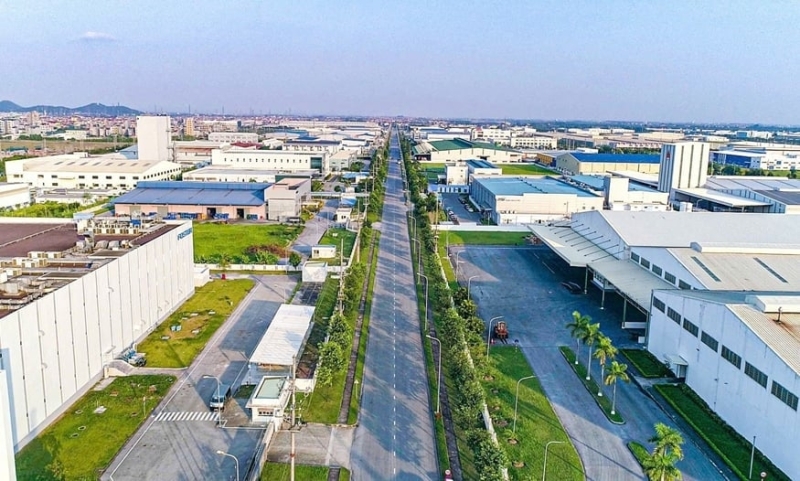An ICD, or inland container depot, is an integral part of logistics infrastructure. As defined by the United Nations Economic and Social Commission for Asia and the Pacific (UNESCAP), an ICD serves as a logistics center located inland, connecting various transportation modes, storing goods, and facilitating customs clearance for international trade.
In Vietnam, an ICD, as defined by the Vietnam Maritime Law 2015, is an essential component of transportation infrastructure, serving as a transportation hub connected to seaports, airports, inland waterway ports, railway stations, and land border gates. It functions as a gateway for import and export goods by sea.
Therefore, an ICD can be understood as an extension of seaports located inland. It aids in alleviating congestion of container goods at seaports and provides a more convenient setting for manufacturing businesses to gather goods and containers for import and export.
Development Goals of the Inland Container Depot (ICD) System in Vietnam by 2030
Recently, the Ministry of Transport proposed a development plan for the ICD system in Vietnam for the period 2021–2030, outlining specific objectives:
By 2025: Develop an ICD system nationwide capable of handling 20-30% of container transport demand for import and export goods, with a total capacity of 6-8.7 million TEUs per year.
By 2030: Develop an ICD system nationwide capable of handling 25-35% of container transport demand along transportation corridors, with a total capacity of 11.6-15.7 million TEUs per year.
The planning of ICD locations has been considered for optimal connectivity with high-capacity transportation methods, especially inland waterways and existing or planned expressways and railway lines.
In the Northern region, the ICD system is planned to be evenly distributed across various locations and transport corridors, primarily due to the relatively lower volume of containerized goods transport by sea compared to the Southern region. Some ICDs are planned at international border crossings with China to facilitate cross-border trade and transportation.
In the Southern region, where most industrial parks and export processing zones are concentrated in the provinces of the Southeast (Dong Nai, Binh Duong, Ba Ria - Vung Tau, and Ho Chi Minh City), which host major seaports and the largest container terminals in the country, the ICD system is aimed at utilizing inland waterway transportation to reduce the distance between goods sources and seaports. This approach aims to minimize road-based cargo transportation as much as possible.
Source: Western Pacific Group
Do you need support?
Our team of experts is always ready to support and provide customers with optimal solutions! Contact us
















